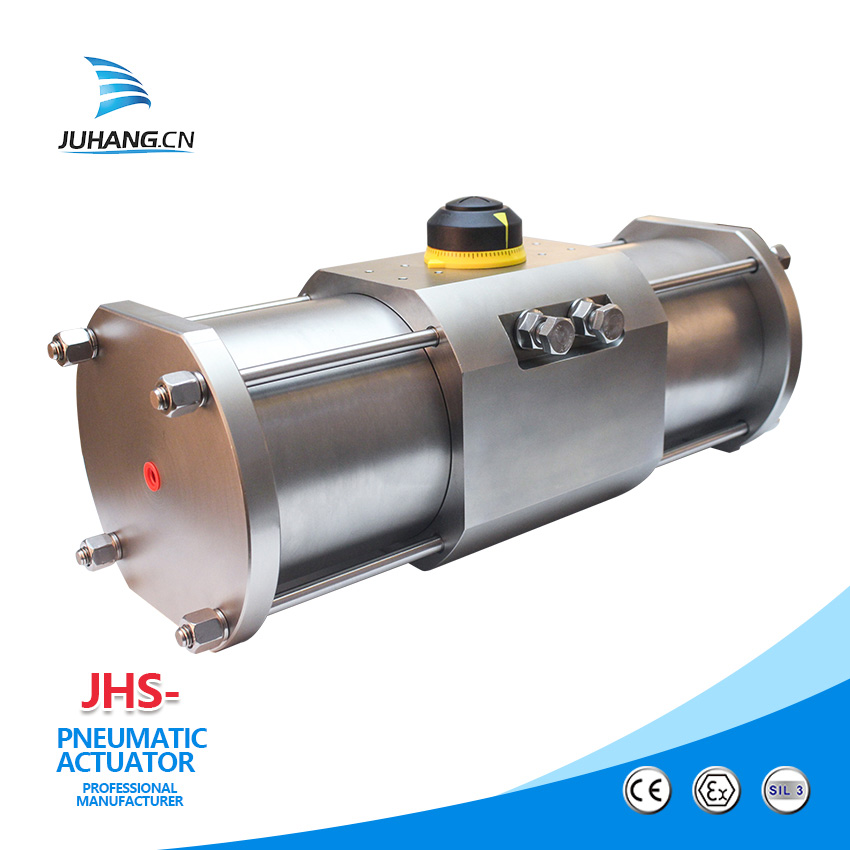Types and selection of
actuators (1)
At present, any control valve actuator is a device that uses energy to drive the regulating valve. Such a device might be a human-operated gear set that opens and closes a valve, or an intelligent electronic component with complex control and measurement devices that allow for continuous adjustment of the valve. With the development of microelectronics, the actuator has become more complex. Early
actuators were nothing more than motor-gear drives with position-sensitive switches. Today's
actuators have more advanced functions, they can not only open or close the valve but also can detect the working status of the valve and the actuator to provide various data for predictive maintenance.
The broadest definition of an actuator is: a drive device that provides linear or rotary motion, which utilizes a certain driving energy and works under the action of a certain control signal.
Actuators use liquid, gas, electricity, or other energy sources and convert them into driving action through motors, cylinders, or other devices. The basic actuator is used to drive the valve to the fully open or fully closed position. The actuator used to control the valve can precisely make the valve go to any position. Although most
actuators are used to switch valves, the design of today's actuators goes far beyond simple switching functions. They include position sensing devices, torque sensing devices, electrode protection devices, logic control devices, and digital communication modules. And PID control modules, etc., and these devices are all installed in a compact housing.
Because more and more factories adopt automatic control, and manual operation is replaced by machinery or automation equipment, it is required that the actuator can play the interface role between the control system and the mechanical movement of the valve, and the actuator is required to enhance the work safety performance and Environmental protection performance. In some hazardous situations, automated actuator devices can reduce personal injury. Some special valves require emergency opening or closing under special circumstances, and the valve actuator can prevent the further spread of danger while minimizing plant losses. For some high-pressure and large-diameter valves, the required actuator output torque is very large. At this time, the required actuator must improve the mechanical efficiency and use a high-output motor to operate the large-diameter valve smoothly.
Valves and Automation
In order to successfully automate the process, the most important thing is to ensure that the valve itself can meet the special requirements of the process and the medium in the pipeline. Usually the production process and process medium can determine the type of valve, the type of valve plug, and the structure and material of the valve trim and valve.
After the valve is selected, the next step is to consider the requirements of automation, that is, the selection of the actuator.
Actuators can be considered simply in terms of two basic types of valve operation.
1. Rotary valves (single-turn valves), such valves include: plug valves, ball valves, butterfly valves, and dampers or baffles. Actuators that require the required torque for a 90-degree rotation of this type of valve
2. Multi-turn valves, such valves can be non-rotating poppet stems or rotary non-lifting stems, or they require multi-turn operation to drive the valve to the open or closed position. Such valves include: straight-through valve (stop valve), gate valve, knife gate valve, etc. As an option, pneumatic or hydraulic cylinders or membrane
actuators with linear output are also open to drive the above valves.

